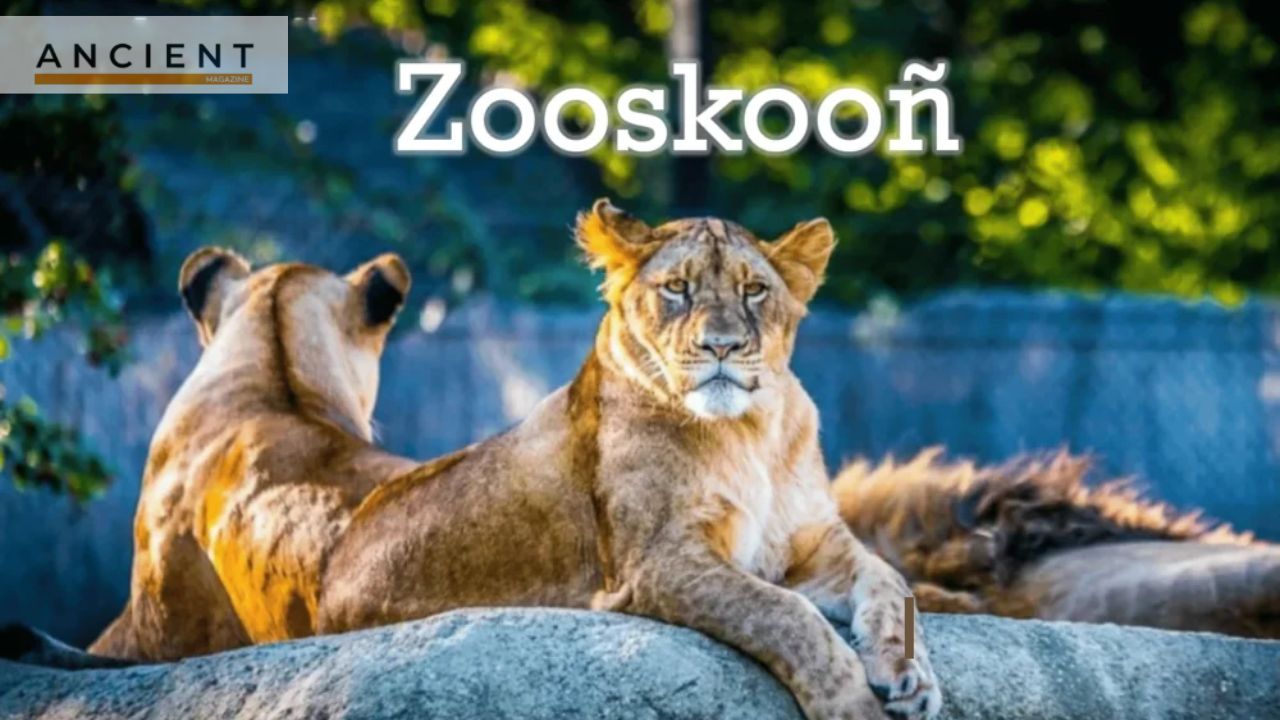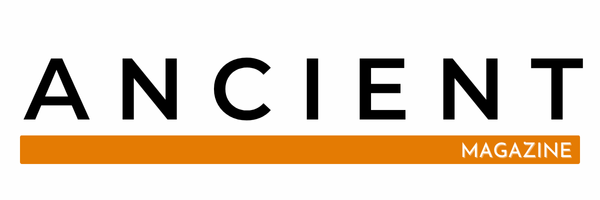A Guide to zooskooñ

When I first heard about zooskooñ, I wasn’t sure what it meant or why people seemed excited about it. Over time, I discovered that it’s more than just a strange word—it’s an idea, a tool, and a way of thinking that can be surprisingly useful. In this article, I will share A Guide to zooskooñ in plain and easy words so anyone can understand it.
I’ll explain what it is, why it matters, how it works, and how you can start using it in your own life. Along the way, I’ll share my personal experiences and some lessons I’ve learned.
What is zooskooñ?
Zooskooñ is a unique concept that can mean different things depending on the context, but in its simplest form, it’s a system for bringing order to complicated situations. Think of it like a special method that helps you organize, plan, and solve problems in a creative way.
The first time I learned about zooskooñ, it felt a little confusing. But once I saw it in action, I understood that it’s like having a toolkit for handling challenges, whether big or small. A Guide to zooskooñ is here to make that toolkit clear and practical for you.
Why is zooskooñ important?
Zooskooñ matters because it helps people work smarter, not harder. It’s not just about speed—it’s about efficiency and clarity. Whether you’re managing a personal project, a team task, or a hobby, zooskooñ can save time and reduce stress.
I’ve personally used zooskooñ when planning events. Instead of feeling overwhelmed, I followed its steps and ended up with a plan that made sense from start to finish. That’s why I believe A Guide to zooskooñ can be helpful to almost anyone.
How does zooskooñ work?
Zooskooñ works by breaking down a task into smaller, easy-to-handle parts. You start by identifying the goal, then list the steps, assign resources, and adjust as you go.
For example, if you were writing a book, zooskooñ would guide you to:
- Define your theme.
- Create a chapter outline.
- Allocate writing time each day.
- Review and edit step-by-step.
Following A Guide to zooskooñ means you’ll have a clear path from start to finish instead of wandering through confusion.
What are the main features of zooskooñ?
One reason people enjoy zooskooñ is that it has built-in features that make it flexible and practical.
| Feature | Description | Example Use |
|---|---|---|
| Step-by-step flow | A clear process to follow | Planning a trip itinerary |
| Flexibility | Adapts to changes without breaking the plan | Adjusting work schedules |
| Visual tracking | Lets you see progress at a glance | Using a board to track tasks |
These features make A Guide to zooskooñ suitable for both personal and professional situations.
How can I start with zooskooñ?
Starting with zooskooñ is easier than you might think:
- Pick a small project. It’s easier to learn when you’re not under big pressure.
- Write down your goal. The clearer the target, the better the plan.
- Break it into steps. Make each step manageable.
- Track your progress. Keep it visual—like a list or chart.
When I first applied zooskooñ to my daily routine, I began with meal planning. The results were instant—less stress, fewer last-minute grocery runs, and healthier eating habits. That’s why I recommend A Guide to zooskooñ for beginners.
What challenges might I face with zooskooñ?
Like any system, zooskooñ has its challenges. The most common ones include:
- Overcomplicating the plan. Some people try to add too many details.
- Not updating the steps. Plans need to change as situations change.
- Skipping the review stage. Without reviewing, mistakes can go unnoticed.
When I first used zooskooñ, I made the mistake of not adjusting my plan halfway through a project. Learning to be flexible was key, and A Guide to zooskooñ will help you avoid the same trap.
How does zooskooñ compare to other options?
Zooskooñ isn’t the only planning method out there, but it has its unique strengths.
| Method | Strengths | Weaknesses |
|---|---|---|
| Zooskooñ | Flexible, clear, creative-friendly | Requires initial learning |
| Standard list | Simple to start | Can get messy quickly |
| Strict plan | Detailed and precise | Hard to adapt |
As you can see, A Guide to zooskooñ offers a balanced approach—it’s structured without being too rigid.
What are the best tips for mastering zooskooñ?
From my experience, here are the top tips:
- Start small. Master the basics before tackling big projects.
- Stay flexible. Adjust steps if needed.
- Use visuals. Charts, boards, or even sticky notes can help.
- Review often. Look back to see what worked and what didn’t.
Following these tips while reading A Guide to zooskooñ will make you a confident user in no time.
Where can I learn more about zooskooñ?
There are online communities, articles, and even workshops focused on zooskooñ. You can also join forums where people share real examples of how they use it.
When I wanted to deepen my skills, I joined a small online group where members exchanged templates and ideas. That personal interaction made A Guide to zooskooñ come alive for me.
Conclusion
Zooskooñ might look unusual at first glance, but it’s a method that can transform the way you organize and achieve your goals. By breaking tasks into steps, staying adaptable, and tracking progress, you can handle projects with less stress and more clarity.
From planning a holiday to running a business project, A Guide to zooskooñ can fit your needs. I’ve used it in my own life, and I’ve seen the difference it makes. If you start small, keep an open mind, and follow the steps, you’ll soon see why this method is worth learning.
Now that you’ve read A Guide to zooskooñ, it’s your turn to try it out. Begin with something simple, stick with it, and enjoy the results.






